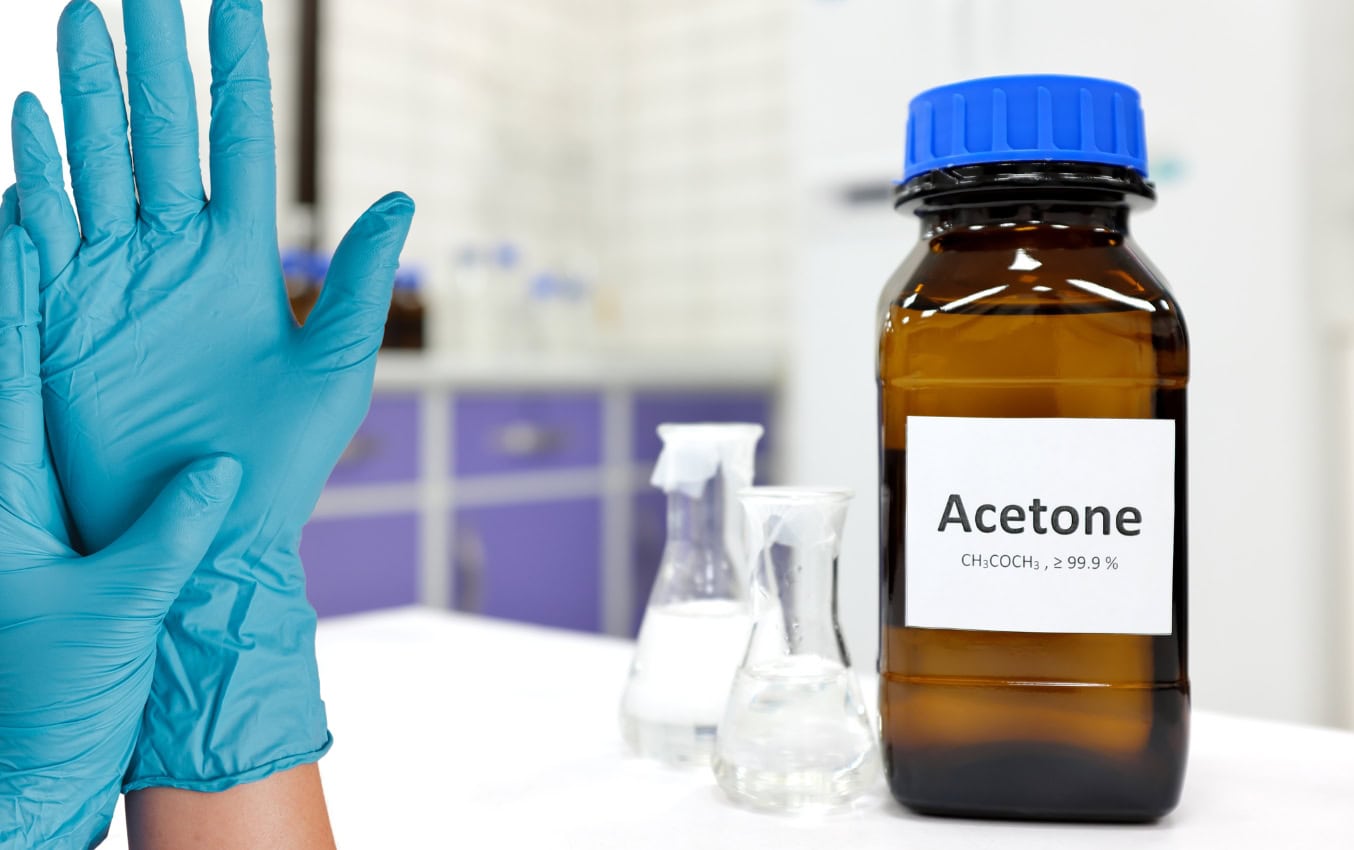
Acetone is considered dangerous
As you reach for that nail polish remover or cleaning solvent, you may not realize the potential risks associated with acetone, a common ingredient in many household products. But the truth is, acetone is a hazardous chemical that demands caution and respect. From its flammability to its potential to irritate your eyes and skin, acetone poses a range of health risks that can have serious consequences if not handled properly. In this article, we’ll explore the reasons why acetone is deemed hazardous and what you can do to minimize its risks.
Table of Contents
Dangers of Acetone
For acetone, the risks associated with its use are multifaceted and far-reaching.
Flammability
With its flashpoint at just 0°F (-18°C), acetone is extremely flammable, making it risky to use near open flames. This includes common products like paint and nail polish remover, which can easily ignite and cause fires.
Health Effects
For you, exposure to acetone can have serious health consequences. Studies have shown that it can irritate your eyes, cause discomfort, and even lead to reproductive effects.
Plus, the National Center for Biotechnology Information (NCBI) has documented various health risks associated with acetone exposure, emphasizing the importance of following safety guidelines when handling this chemical.
Environmental Impact
Acetone can contaminate soil and groundwater, posing a significant threat to the environment. Its use in large quantities can lead to the release of volatile organic compounds (VOCs) into the atmosphere, contributing to air pollution.
A study by the Environmental Protection Agency (EPA) has shown that acetone is a hazardous air pollutant, highlighting the need for responsible handling and disposal of acetone-containing products.
Explosive Mixtures
An improper mixture of acetone with other substances can lead to explosive reactions, causing serious harm to you and those around you.
To minimize this risk, it’s crucial to follow proper safety protocols when handling acetone, including using it in well-ventilated areas and avoiding exposure to open flames.
Risks Associated with Acetone
Assuming you’re aware of the benefits of acetone, it’s imperative to understand the potential risks involved in handling this chemical.
Extremely Flammable
Excessively flammable, acetone poses a significant fire hazard when used near open flames or sparks. This risk is particularly concerning when you consider its widespread use in common products like paint and nail polish remover.
Eye Irritant
Associated with eye irritation, acetone can cause discomfort, redness, and potential harm upon exposure. Studies have consistently shown that direct contact with the eyes can lead to adverse effects.
Risks of eye exposure are not limited to direct contact. Even indirect exposure, such as inhaling acetone vapors, can cause eye irritation. It’s crucial to take precautions when handling acetone to minimize the risk of eye exposure.
Reproductive Effects
On the basis of available research, exposure to acetone has been linked to reproductive effects. It’s imperative to exercise caution when handling this chemical to avoid potential health risks.
To minimize the risk of reproductive effects, it’s crucial to follow safety guidelines and use appropriate protective gear when handling acetone. This includes wearing gloves, masks, and protective eyewear to prevent skin contact and inhalation.
Health Effects Documented by NCBI
The National Center for Biotechnology Information (NCBI) has documented various health risks associated with acetone exposure. It’s critical to follow safety guidelines when handling this chemical to avoid potential health hazards.
Effects of acetone exposure can be far-reaching, ranging from respiratory problems to neurological damage. The NCBI’s documentation serves as a stark reminder of the importance of handling acetone with caution.
Usage in Consumer Products
Risks associated with acetone are not limited to industrial settings. Its widespread use in consumer products like grease removers, silk conditioners, and protective coatings for furniture and cars necessitates caution.
A closer examination of acetone-containing products reveals that the benefits come with significant safety warnings. To mitigate health risks, it’s imperative to adhere strictly to manufacturer’s instructions and take necessary precautions when using these products.
Safety Precautions
After understanding the risks associated with acetone, it’s imperative to take necessary precautions to ensure safe handling and use of this chemical.
Need for Proper Ventilation
To prevent inhalation issues, it’s crucial to use acetone in well-ventilated areas. This simple step can significantly reduce the risk of respiratory problems and other health hazards.
Table of Safety Precautions
| Precaution | Reason |
|---|---|
| Use in Well-Ventilated Areas | Prevents inhalation issues |
| Avoid Exposure to Open Flames | Reduces risk of fire due to flammability |
| Follow Manufacturer’s Instructions | Ensures safe use of products containing acetone |
| Wear Protective Gear | Minimizes risk of eye and skin irritation |
| Store Properly | Prevents accidental exposure and spills |
So, as you now know, acetone is considered dangerous due to its extremely flammable nature, potential to irritate your eyes, and links to reproductive effects. With its widespread use in various products, it’s crucial to follow safety guidelines and take necessary precautions to mitigate health risks. By understanding the hazards associated with acetone and taking the right steps to handle it safely, you can minimize the risks and ensure a safe environment for yourself and others.
